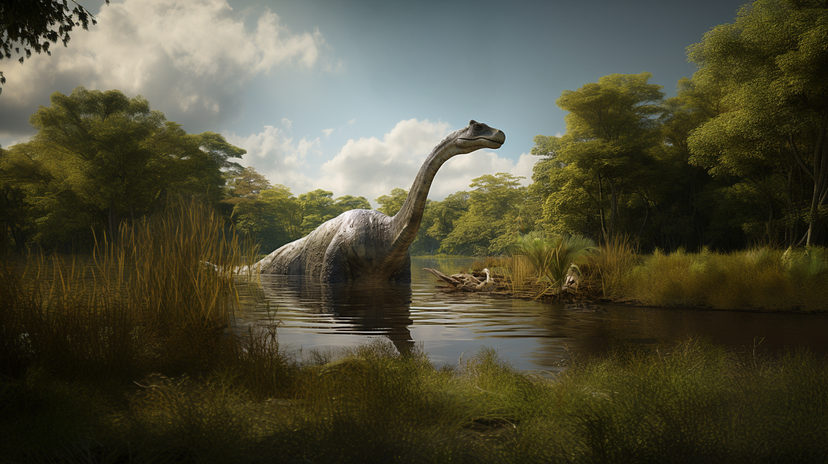As with any cryptid, skepticism plays a significant role in the discourse surrounding Mokele-Mbembe. Critics argue that the lack of scientific evidence and the reliance on eyewitness testimony make it challenging to validate the existence of such a creature. Scientifically trained minds demand hard evidence — bones, fossils or photographs — to support the believers' claims.
To address this skepticism, some expeditions have focused on employing modern scientific methods to investigate the legend. For instance, sonar technology has been used to scan the murky waters of Central African rivers and lakes, searching for any large, unidentified creatures.
Unfortunately, these efforts have yet to provide conclusive proof, leaving the existence of Mokele-Mbembe unverifiable.
In their book "Abominable Science!: Origins of the Yeti, Nessie, and Other Famous Cryptids," authors Daniel Loxton and Donald Prothero also approach Mokele-Mbembe from a skeptical perspective. They argue that the creature is likely a product of myth, misinterpretation and hoaxes rather than a real, living creature.
Loxton and Prothero critically examined the evidence and claims surrounding Mokele-Mbembe, concluding that there is no credible scientific evidence to support the existence of such a creature. They argue that the reports and sightings of Mokele-Mbembe are likely based on misidentifications, hoaxes or cultural beliefs, rather than concrete evidence of an unknown, dinosaur-like creature living in the African wilderness.
This article was created in conjunction with AI technology, then fact-checked and edited by a HowStuffWorks editor.
